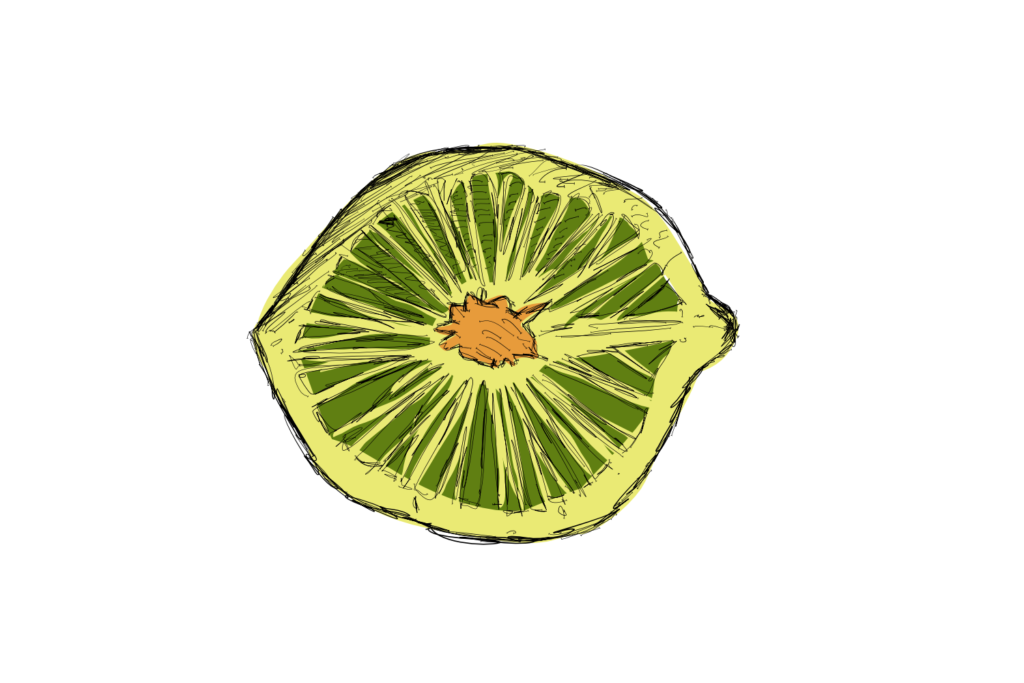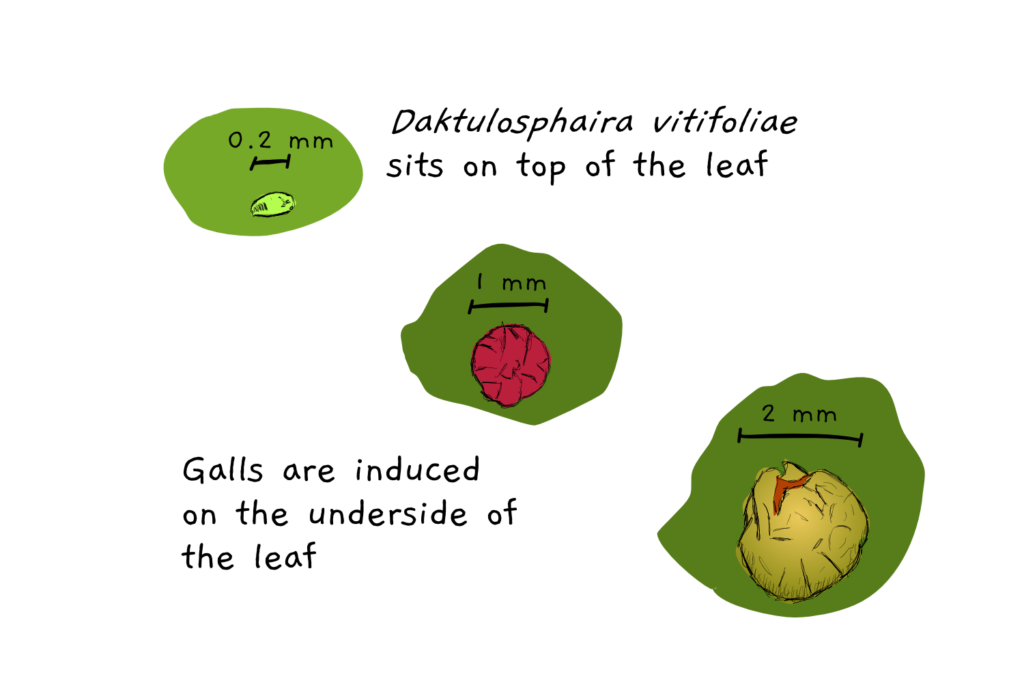Sometimes disgust and fascination are very close to one another. Poking into the weird looking pile behind the porch with a stick, inspecting an ingrown hair on the arm, or googling various disease symptoms against better knowledge. For me it’s the same with plant galls – whenever I see them, I am equally disgusted and fascinated.
Galls are plant organs like flowers, fruit, leaves or roots. The difference is that plants don’t want to make galls. They are forced into producing these organs by pathogens that can be anything from bacteria, viruses, insects, fungi or arthropods.
The attacker, let’s assume it’s an insect, attaches to the plant and convinces the plant to develop new, specialised tissue around it. The result is a protective shell that provides shelter and nutrition to the insect at the expense of the plant.
Specialised structure provides all the comfort
These galls often look like fruit but unlike a cherry or an apple, they have an insect at their centre, growing and developing until it’s ready to leave its home and induce a new gall for its offspring elsewhere.

A famous gall inducer has now become an invaluable tool in research: The bacterium Agrobacterium tumefaciens creates large galls in trees by injecting part of its DNA into the plant, and even all the way into the plant genome. Today, we use its injection mechanism to introduce DNA sequences into plants to study gene functions or to introduce new plant functions like disease resistance.
Cross sections of galls reveal their inner structure: they can be rather complex with multiple layers of dedicated tissue to create structural stability or provide nutrients to its inhabitant. Some people compare them to benevolent tumours or outgrowth. For me, I simply prefer my plants without any pathogen-induced outgrowths.
Not just fruit
Although galls may share some structural similarities with the plant’s regular fruit, they are in the end something very different. Charles Darwin was fascinated with galls all they way back in his day, and to this day we have no complete understanding of their formation. How can a pathogen convince the plant to essentially build a specialised home around it?
Now, Jack Schultz et al. from the lab of Heidi M. Appel in Columbia, USA, provided a look into the mechanism of how galls formwith the help of transcriptomics. They sampled a gall produced by the insect and grapevine pathogen Daktulosphaira vitifoliae during the gall’s development and compared the expression data (the actively transcribed plant genes) to grapevine leaves with no galls on them.

The insect has a massive impact on the gene activity in the grapevine leaf. Over 11 000 genes are expressed at different levels compared to the non-infested leaf – a sign for a major shift in cellular activity. All in line with the necessary work required to produce a whole new organ.
Hijacking the developmental path to fruit
Interestingly, a large number of those genes could be linked to flower development with the gene LFY being a key step in the process of turning leaf into gall. LFY is a big time influencer in flower development in Arabidopsis and has been shown to have an even wider role in grapevine. A change in LFY expression has a large influence on its downstream partners in the flower development network.
On top of that, many genes involved in the production of auxin were changed in their expression levels. Auxin is an important signalling molecule that also plays a role in the transition from vegetative to regenerative growth – moving from growing leaves to the production of flowers, fruit and seeds.
The complexity and sheer size of the gene network that is changed and shaped by the pathogen makes it impossible at the moment to fully understand what is going on. Still, the new insight into the transcriptome of developing galls helps us to look at the right places in the genome: the transition into regenerative growth.
This makes a lot of sense as the gall shares features with regular fruit. For both gall and fruit it is important to store energy and make it accessible to plant embryo or pathogen at its core. In turn the embryo or pathogen at the core shapes the development of the fruit or gall around it.
For me, I can say that looking deeper into these creepy structures changed my opinion of them for the better. If you also feel curious about them now, explore the hashtag #gall on twitter to find many cool/creepy examples of hijacked plant tissue.
References
Schultz, J. C., Edger, P. P., Body, M. J. A., & Appel, H. M. (2019). A galling insect activates plant reproductive programs during gall development. Scientific Reports, 9(1), 1833. 🔓
